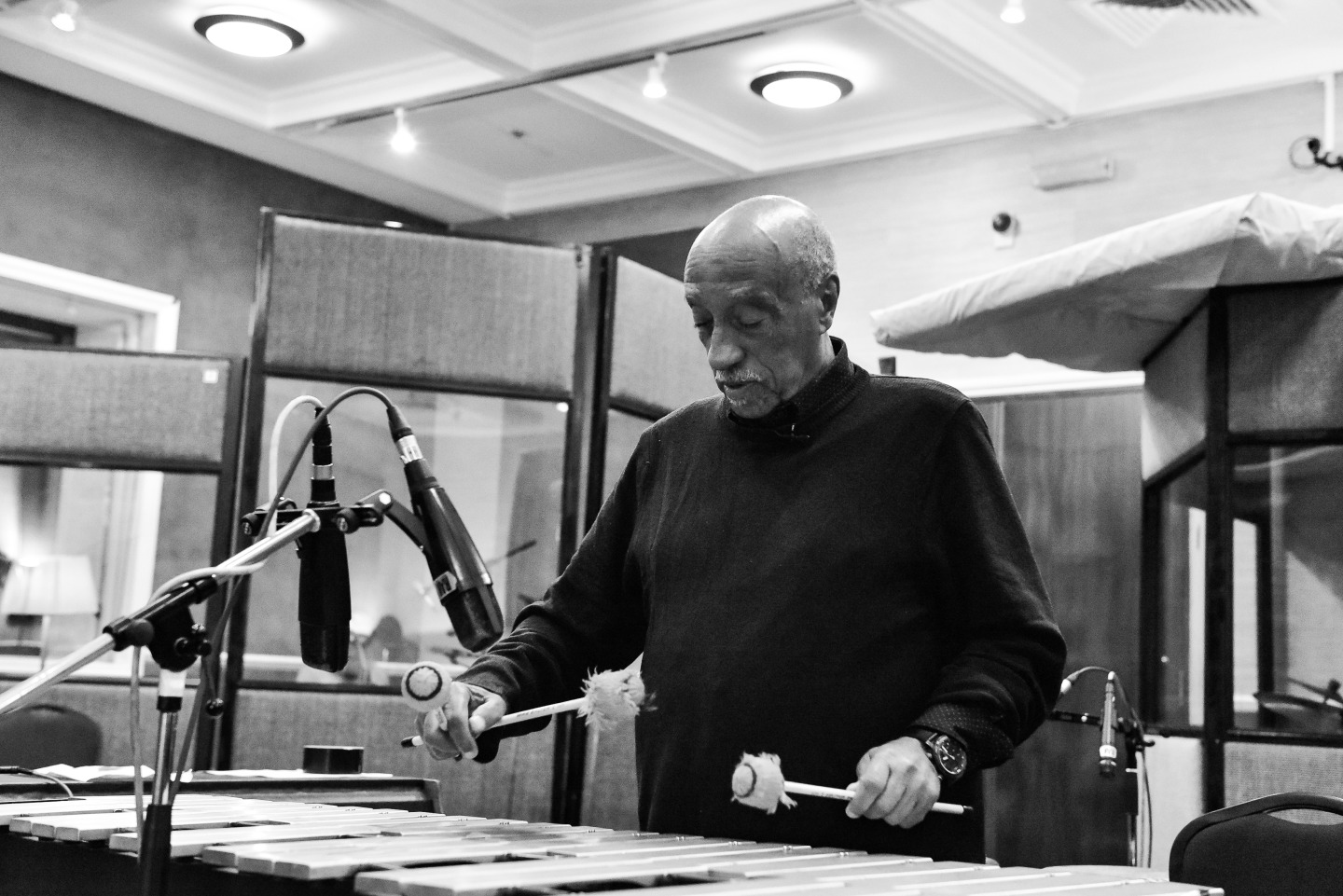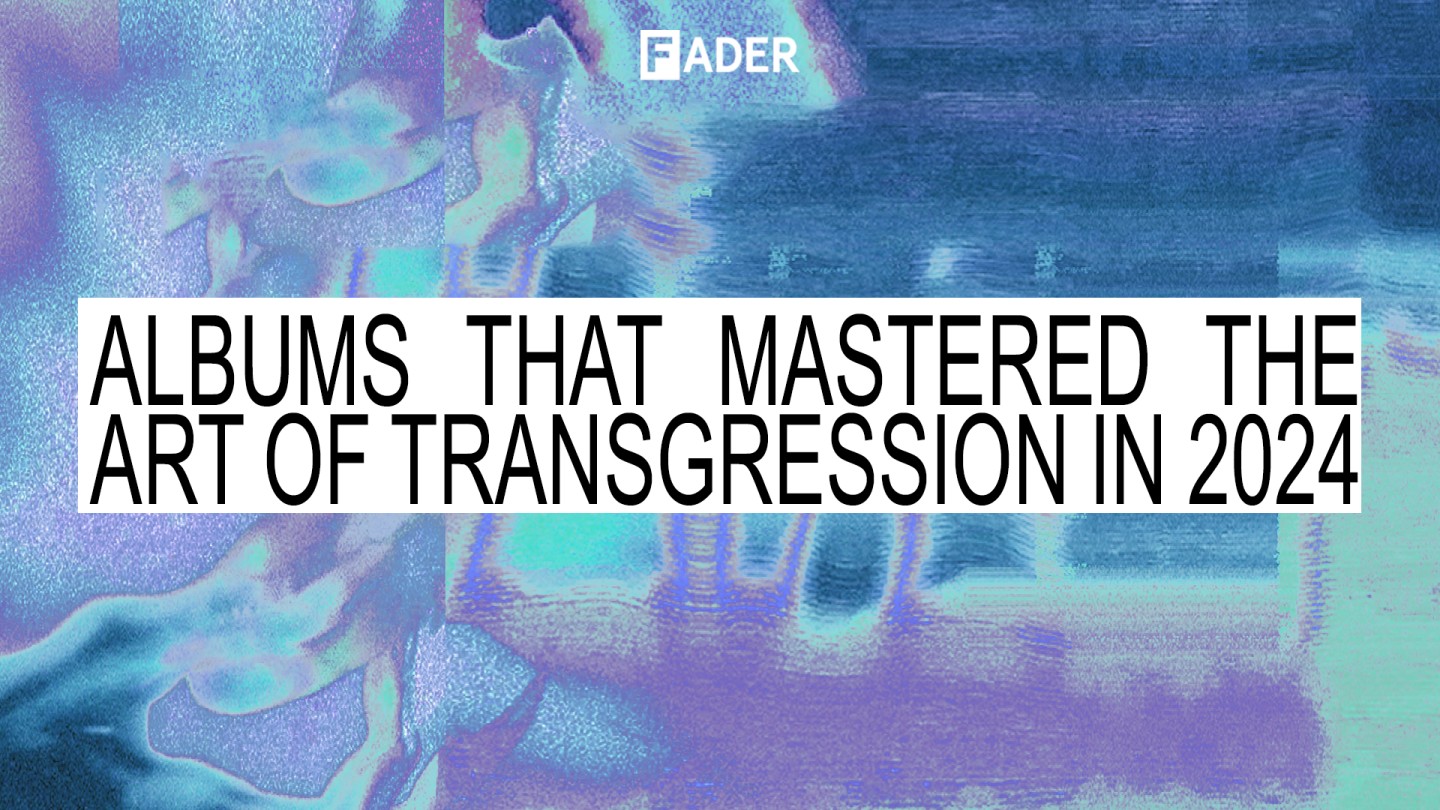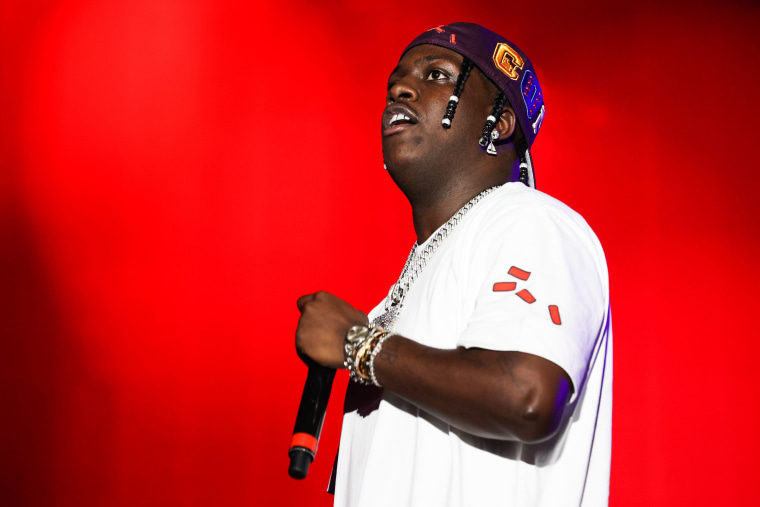Mulatu Plays Mulatu and shaping the future of Ethio-jazz”>
Photo credit: Alexis Maryon
Apollo Frequencies is a series exploring sounds that seem to come from another world. In this week’s edition, Raphael Helfand catches up with the Godfather of Ethio-jazz, Mulatu Astatke.
Mulatu Astatke is a popular man. At 5 p.m. on an August evening in Addis Ababa, the 81-year-old Ethiopian composer and vibraphonist is sitting with his label manager Quinon Scott in a hotel lobby, slowing traffic at reception as passersby stop to pay their respects to the Godfather of Ethio-jazz. It’s a mildly chaotic atmosphere for an interview, but Astatke, whose new album Mulatu Plays Mulatu, out now, seems unphased.
True, he’s been in this game for 60 years, but Astatke doesn’t strike me as a man who’s ever been prone to flinching. He decided to become a musician while studying engineering in Wales, switched to music school, and, per his account, never wavered in his purpose from that moment forward. “No,” he tells me point blank when I ask him if he’s ever doubted himself. “I love what I do. And before I do anything, I do a lot of research.”
Astatke’s journey took him from Wales to London and from London to Boston, where he began building the foundations of Ethio-jazz brick by brick, interlacing the four-mode system and pentatonic scale of traditional Ethiopian music into Western tonality. The hardest part, he says, was ensuring the style retained an Ethiopian feel in its new context. “If I wasn’t really careful, it could easily have just been jazz or something else,” he says. “What makes Ethiopian music interesting is that we have these four beautiful modes — anchihoy, ambassel, tizita, and bati — and what I did was put those modes on the bottom and put the world on top, whether it be Latin music, American jazz, or European music. It took me a really long time to figure out how to keep it Ethiopian, but I finally did, and now this music has been recognized all over the world.”
The path wasn’t always smooth. After recording his first two albums (Afro-Latin Soul 1 & 2) in New York, Astatke returned to Ethiopia to introduce his new sound to his old country. Not everyone was thrilled. He remembers getting booed off stage on more than one occasion for his unorthodox juxtaposition of traditional Ethiopian instruments such as the 10-stringed begena and the single-stringed masenqo with jazz piano. Rather than question his vision, he plowed ahead. “It encouraged me,” he says. “Even though some people told me to leave, some people really followed the harmonic structure, not only listening to the melody but the chord structure and everything. People who analyzed these things found them interesting and beautiful.”
50 years later, he’s played across the world and amassed a colossal body of work. Mulatu Plays Mulatu could easily have been a simple greatest-hits record, but instead, Astatke and his longtime touring band remade 11 of his favorite compositions, many of them relatively deep cuts, with new arrangements featuring a full panorama of Western and Ethiopian instruments. Even as he glances back at his exceptional past, his sights are dead set on the future.
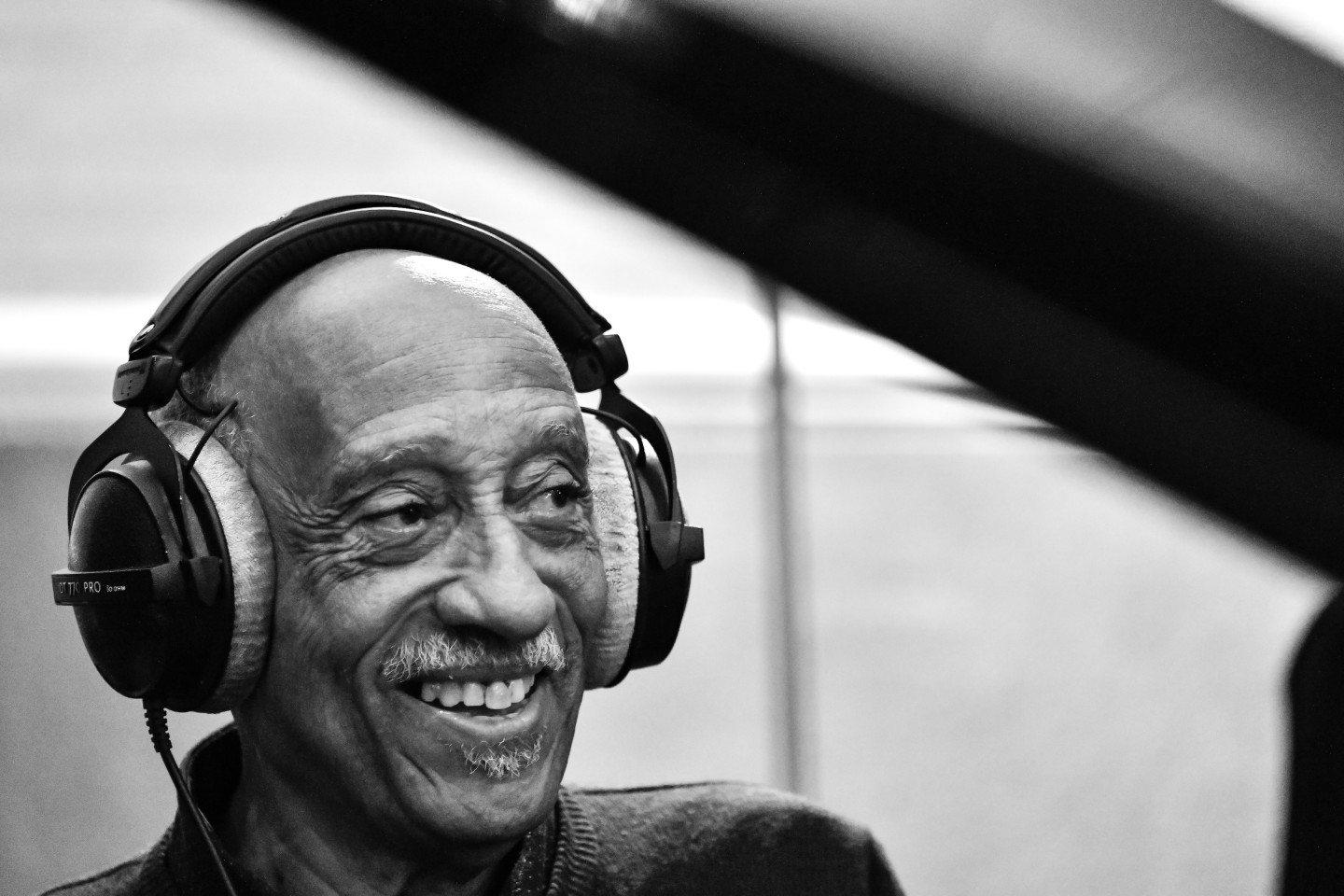 Mulatu Plays Mulatu and shaping the future of Ethio-jazz”>
Mulatu Plays Mulatu and shaping the future of Ethio-jazz”>
Photo credit: Alexis Maryon
The FADER: Mulatu Plays Mulatu starts with “Zèlèsènga Dèwèl,” an extended version of “Dewel” from your early album Mulatu of Ethiopia. It’s one of my favorites on the new album, partly because there are a few sections where it sounds like the band is playing completely free. How has your approach as a bandleader changed over time when it comes to sticking to a script versus everyone doing their own thing?
Mulatu Astatke: When I was first playing this music with my Ethiopian musicians, we played the compositions quite close to the musical notes. I would use musicians from the police band [because] they could read music. Now, I have been with my band so long that we play my music in a more open way. We try to have fun playing together, so in the live shows all of the band members have moments to express themselves.
“Yèkèrmo Sèw” is the best known of the songs you chose to recreate on the new album. Can you tell me a bit about the history of that song, from when it was first recorded in the early ’70s to when it was re-popularized on the soundtrack to Jim Jarmusch’s 2005 film Broken Flowers?
“Yekermo Sew” means a man of wisdom and experience, someone we should look up to and respect. It was a piece of music I composed after I had returned to Addis [Ababa] from studying in America during the late ’60s, a period when I felt that the “colors” of Ethio-jazz were starting to come together. Although there was resistance from many people at home to the new direction, the musicians loved it straight away. It became quite a popular song [in Ethiopia], but Broken Flowers took it across the world. Now it is one of my best-known pieces. I have played it with my U.K. band for 15 years, and the version on Mulatu Plays Mulatu is similar to the way we play it on stage, with the addition of cultural instruments recorded in Addis.
You pulled 11 songs from your massive catalog for this album and excluded most of your biggest hits. How did you pick the tracklist?
Because these songs especially show and promote Ethio-jazz to the world. I want to show people the science of Ethio-jazz and have them see what the traditional instruments have contributed and what they’ve done — the difference between the masenqo and the cello, between the washint [(a recorder-like woodwind)] and the [Western] flute. I want to promote the great scientists who created the masenqo, the washint, and the krar [(a five- or six-stringed lyre)]. If you play the cello and you go to the masenqo, it’s the same sound. The only difference is whatever you play on the piano, you can play on cello. But on the masenqo, you are limited to four modes and five notes. Still, the guy who created it is my hero, a great man. Big respect. This is our problem in Africa, though; nobody knows who he is. We have never given respect to our great scientists.
This is our problem in Africa, though; nobody knows who he is. We have never given respect to our great scientists.
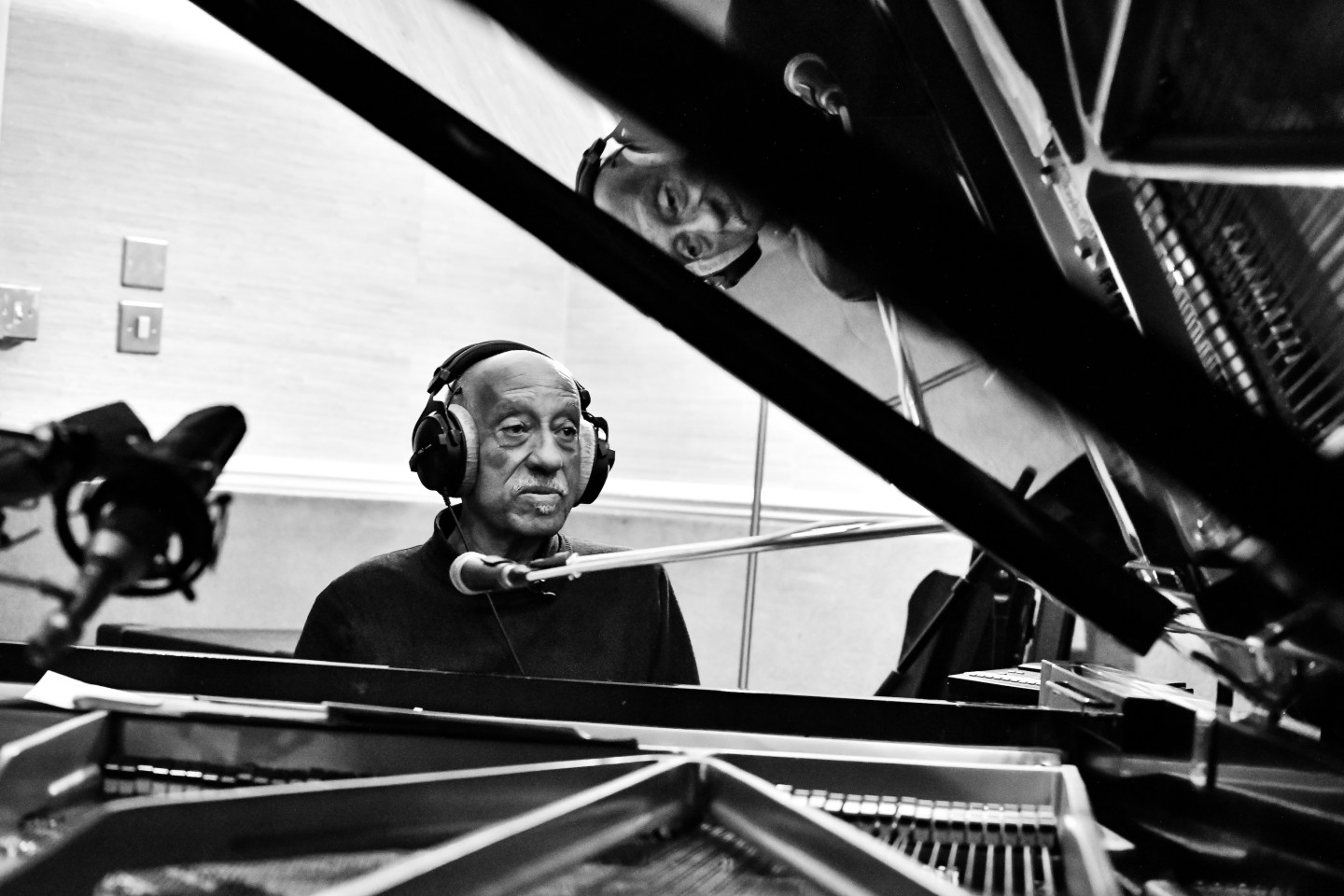 Mulatu Plays Mulatu and shaping the future of Ethio-jazz”>
Mulatu Plays Mulatu and shaping the future of Ethio-jazz”>
Photo credit: Alexis Maryon
There’s a video of you conducting an electric band alongside a Derashe tribe who play these really wild diminished-scale harmonies on bamboo flutes. Tell me about your discovery of their music, and how it affected your understanding of the relationship between European and African music in general.
I have always loved our traditional music — it was the first music I heard when I was young — but I was able to work more closely with musicians from the bush during the 1990s. UNESCO helped me to arrange some trips where I recorded with the Gambela, Derashe, and Wollo tribes in Addis. The Derashe play diminishing scales, and you can hear this in Charlie Parker’s music. But which came first? It made me realize that there were more direct links between Ethiopian instruments and Western instruments: the masenqo came before the cello, the zumbara before the trombone, the kebero before the timpani.
You’ve done a lot of work to modernize some of these instruments, especially the krar, by adding electronic pickups and other updates.
I did that a long time ago, but it wasn’t just pickups; I played “Guantanamera” with the krar by putting more strings on it. It was a great improvement for the krar and it sounded so interesting. But now I am bringing the azmaris — the [entertainers] who play the masenqo, the krar, and the washint — to the 21st century. I’m trying to computerize all of these instruments so they can play whatever you can play on the cello or the piano.
Have you ever gotten any resistance from purists or traditionalists about trying to change these instruments?
So far no, because they want to study more. They want to know about the music and the science. Everybody has been really nice and open minded. The future will be so beautiful.

